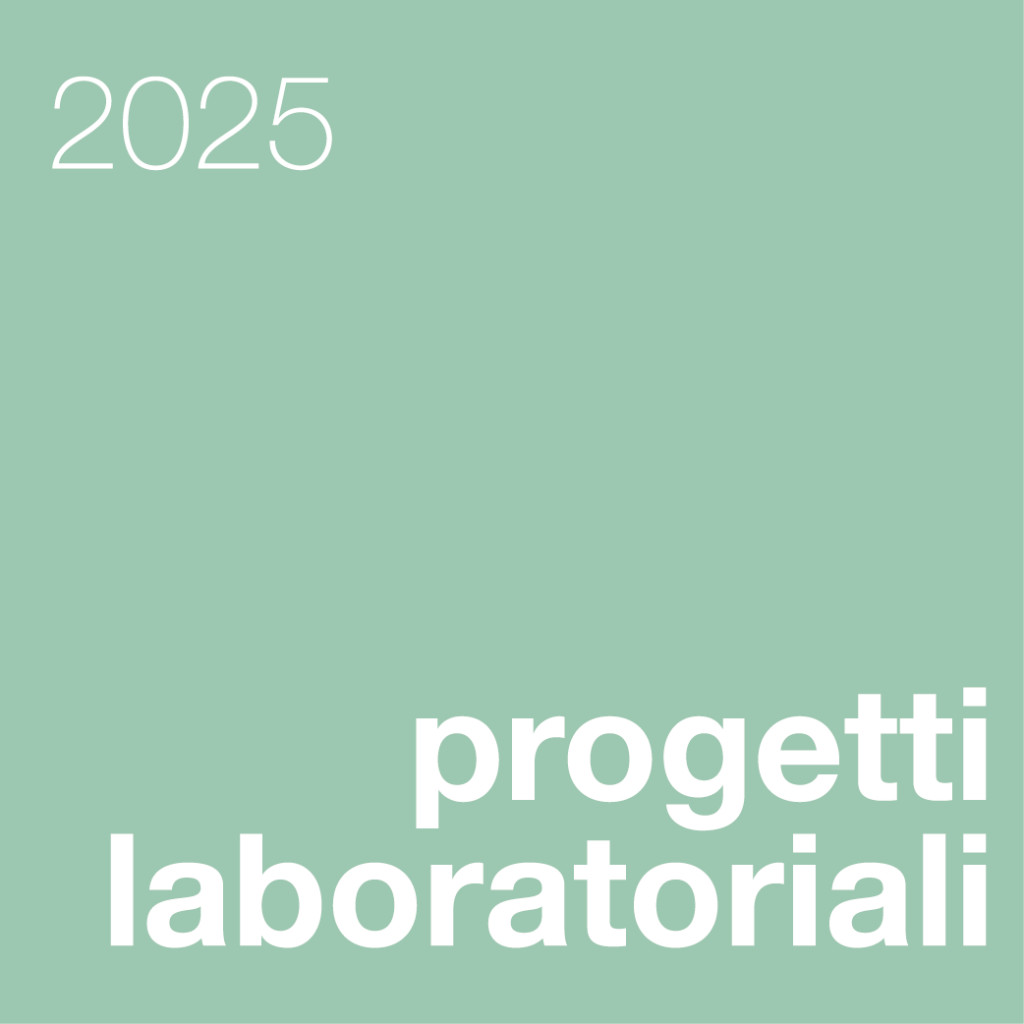
Storia di rivoluzioni, matematica e cioccolata
Vi dico una cosa: pensate ad un’aula scolastica, ad un luogo di culto, ad un teatro oppure una sala da concerto. Che tengono in comune? Lo spazio. Come è organizzato lo spazio. Chi ascolta da un lato, con seggiole e banchetti, chi porta un messaggio dall’altro, con cattedre, palchi ed altari. E che c’è di male: così funziona, il più delle volte. Ma immaginate ora una scuola fatta dentro un museo, in uno spazio che non tiene una chiara gerarchia o se pure ci fosse sarebbe a geometria variabile. Dove chi porta un messaggio è contemporaneamente sia l’opera che chi la guarda. Sarebbe divertente no? Vedete, io ho lavorato in un’epoca in cui in molti eravamo convinti che le opere d’arte, in una maniera o nell’altra dovessero insegnare qualcosa alla gente. Io ora non lo so se sia vero oppure no, magari –sicuramente- ci sbagliavamo. Ma fatto sta che ci abbiamo creduto. Opere d’arte concepite come manuali per amare, per gridare, per capire. Quadri percepiti come dichiarazioni di guerra o di riappacificazione. Ma l’errore che abbiamo fatto spesso è di sbagliare l’ordine, la dinamica. L’arte non è la cosa che devi imparare. Ma lo strumento con cui imparare le cose. Con l’arte ci devi poter spiegare la matematica, la storia, la geografia e la società. Le poesie, i profumi, la musica e pure la cioccolata. I quadri dopo tutto, sono solo il posto dentro cui nascono pensieri. Così voglio sia fatta la didattica al Museo Emblema e così, mi dicono, fanno ancora adesso. Qui da noi fare didattica significa fare un museo.
Let me tell you something: think of a classroom, a place of worship, a theater, or a concert hall. What do they have in common? Space. How space is organized. On one side, there are listeners, with chairs and desks; on the other, someone delivering a message, with lecterns, stages, and altars. And what’s wrong with that? It works, most of the time. But now imagine a class hosted inside a museum, into a space without a clear hierarchy, or if there’s is one, it’s flexible. Where the message-bearer is both the artwork and the one observing it. That would be fun, wouldn’t it? You see, I worked in an era when many of us believed that artworks, one way or another, should teach people something. Now, I’m not sure if that’s true – maybe, or rather certainly – we were wrong. But the fact is, we believed it. Artworks conceived as manuals for loving, for shouting, for understanding. Paintings seen as declarations of war or peace. But often, the mistake we made was in getting the order, the dynamic wrong. Art isn’t the thing you need to learn. Art is the tool with which to learn things. Art should be a way to explain mathematics, history, geography, and society. Poetry, scents, music, and even chocolate. Paintings, after all, are just the places where thoughts are born. That’s how I want teaching to be done at Museo Emblema, and from what I hear, it still is. Here, teaching means making a museum.
Story of revolutions, math and chocolate

Storia di
rivoluzioni,
matematica
e cioccolata
Vi dico una cosa: pensate ad un’aula scolastica, ad un luogo di culto, ad un teatro oppure una sala da concerto. Che tengono in comune? Lo spazio. Come è organizzato lo spazio. Chi ascolta da un lato, con seggiole e banchetti, chi porta un messaggio dall’altro, con cattedre, palchi ed altari. E che c’è di male: così funziona, il più delle volte. Ma immaginate ora una scuola fatta dentro un museo, in uno spazio che non tiene una chiara gerarchia o se pure ci fosse sarebbe a geometria variabile. Dove chi porta un messaggio è contemporaneamente sia l’opera che chi la guarda. Sarebbe divertente no? Vedete, io ho lavorato in un’epoca in cui in molti eravamo convinti che le opere d’arte, in una maniera o nell’altra dovessero insegnare qualcosa alla gente. Io ora non lo so se sia vero oppure no, magari –sicuramente- ci sbagliavamo. Ma fatto sta che ci abbiamo creduto. Opere d’arte concepite come manuali per amare, per gridare, per capire. Quadri percepiti come dichiarazioni di guerra o di riappacificazione. Ma l’errore che abbiamo fatto spesso è di sbagliare l’ordine, la dinamica. L’arte non è la cosa che devi imparare. Ma lo strumento con cui imparare le cose. Con l’arte ci devi poter spiegare la matematica, la storia, la geografia e la società. Le poesie, i profumi, la musica e pure la cioccolata. I quadri dopo tutto, sono solo il posto dentro cui nascono pensieri. Così voglio sia fatta la didattica al Museo Emblema e così, mi dicono, fanno ancora adesso. Qui da noi fare didattica significa fare un museo.
Story of
revolutions,
math and
chocolate
Let me tell you something: think of a classroom, a place of worship, a theater, or a concert hall. What do they have in common? Space. How space is organized. On one side, there are listeners, with chairs and desks; on the other, someone delivering a message, with lecterns, stages, and altars. And what’s wrong with that? It works, most of the time. But now imagine a class hosted inside a museum, into a space without a clear hierarchy, or if there’s is one, it’s flexible. Where the message-bearer is both the artwork and the one observing it. That would be fun, wouldn’t it? You see, I worked in an era when many of us believed that artworks, one way or another, should teach people something. Now, I’m not sure if that’s true – maybe, or rather certainly – we were wrong. But the fact is, we believed it. Artworks conceived as manuals for loving, for shouting, for understanding. Paintings seen as declarations of war or peace. But often, the mistake we made was in getting the order, the dynamic wrong. Art isn’t the thing you need to learn. Art is the tool with which to learn things. Art should be a way to explain mathematics, history, geography, and society. Poetry, scents, music, and even chocolate. Paintings, after all, are just the places where thoughts are born. That’s how I want teaching to be done at Museo Emblema, and from what I hear, it still is. Here, teaching means making a museum.




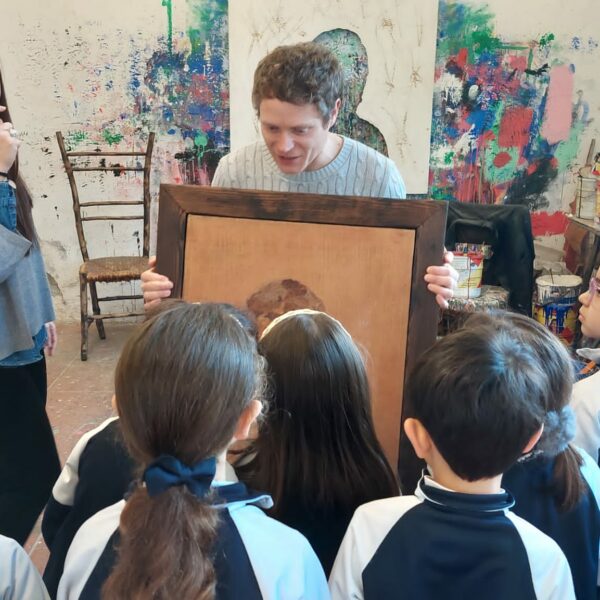


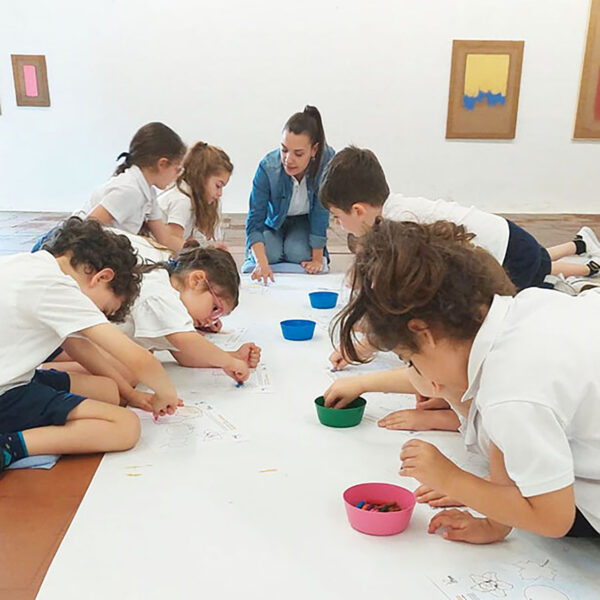




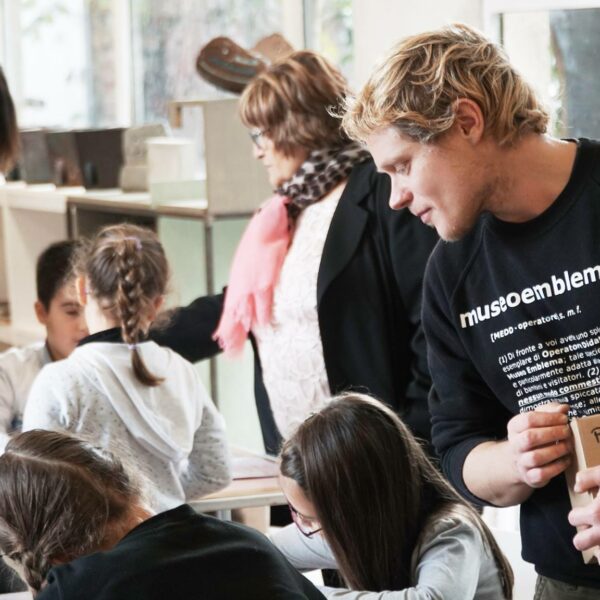





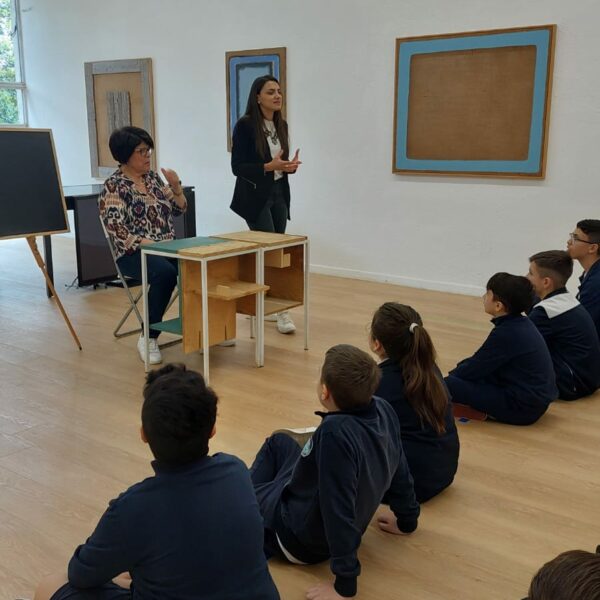


- Via Salvatore Emblema, 37,
Terzigno, IT 80040 - + 39 081 8274081
- museo@salvatoreemblema.it
archivio@salvatoreemblema.it
didattica@salvatoreemblema.it
Writings on this website are literary reworkings on interviews, memoirs, and suggestions made by the artist’s heirs. They are also drown from audiovisual materials, documents, recordings kept in the archives of Museo Emblema.
- da lun- ven 9:00 -13:00
sab-dom su prenotazione
Address List
- Via Salvatore Emblema, 37,
Terzigno, IT 80040 - + 39 081 8274081
- museo@salvatoreemblema.it
archivio@salvatoreemblema.it
didattica@salvatoreemblema.it
HOURS
- da lun- ven 9:00 -13:00
sab-dom su prenotazione
PARTNER





Writings on this website are literary reworkings on interviews, memoirs, and suggestions made by the artist’s heirs. They are also drown from audiovisual materials, documents, recordings kept in the archives of Museo Emblema.



